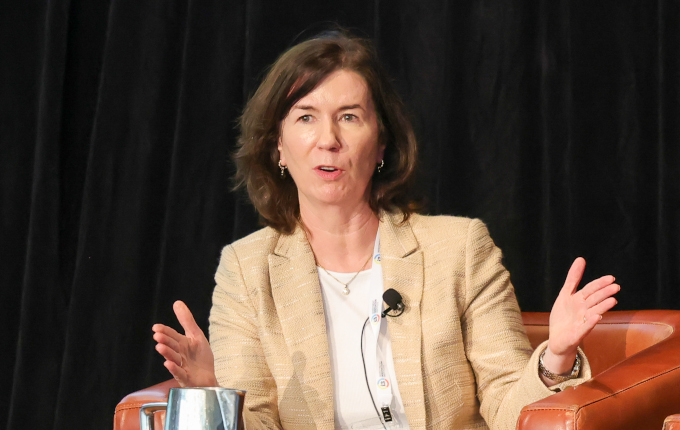The Next Structural Evolution?
Most institutional investors are familiar with the concept of private credit, but like any asset class, the approach to how they allocate capital will evolve over time.
Private Credit 1.0
Prior to the global financial crisis (GFC), most senior credit issued to lower to mid-market borrowers was provided by traditional banks. Alternative credit managers therefore were focused on more junior credit or “story” credit. As such, domestic investors’ first exposure to the alternative credit side of private markets was characterised by allocations to those segments of credit that had more private equity like returns and were funded from the private equity allocation bucket.
This led to investors building exposure to sectors like distressed and special situations or more junior debt financing that has historically backed private equity sponsors, like mezzanine financing. This phase within the domestic market could be described as Private Credit 1.0.
Private Credit 2.0
The next evolution occurred when government, central bank and regulatory policy reactions to the GFC ultimately put limits on traditional bank financing. This created a vast opportunity for non-bank private lenders to fill the large gap created by the retreating of the banks.
This allowed investors broadening their private credit exposure into lower risk senior direct lending and other specialty finance funded from their traditional fixed income or defensive alternative allocations.
This type of private credit was still high yielding but less volatile than the traditional high yield or leveraged loans. We’ll call this phase Private Credit 2.0.
Evolution of Private Credit 3.0?
We have potentially entered the next phase of private credit, Private Credit 3.0, where institutional allocators are now looking for speciality managers that focus on specific areas of private credit that offer the best return per unit of risk and fee – a conceptual evolution that played out in more traditional fixed income allocations in the first decade and a half of the millennium.
Stratifying the Direct Lending Market
Many Australian investors have gained exposure to direct lending in the small domestic Australian market and via the Core Middle Markets (CMM) in the US and Europe where loan sizes range from USD100m to USD 500m.
However there also exists a large demand for capital from companies looking for loans of USD 25m to USD 100m, defined as U.S. lower middle market (LMM). Companies in this space are large enough to be good quality businesses that avoid small business risks including high customer concentration and key-person risk, but small enough to avoid the heavy competition amongst lenders for larger loan sizes in the Core (CMM) and Upper Middle Market (UMM).
Additionally, the lower competition in LMM also allows lenders far greater structural protections than are afforded in larger loan sizes.
In partnership with Deerpath Capital, this roundtable discussion will
- Examine the evolution of private credit investing amongst institutional investors
- Compare and contrast the opportunity set:
- Direct lending vs US high yield and leveraged loan markets
- Within direct lending: Core vs upper vs lower middle market segments in terms of leverage levels, lender protections, diversification, depth of market and overall returns
- Assess the increasing risk of recessions coupled with central banks ongoing need to control inflation and how these dynamics will affect direct lending portfolios across the different market segments
- Analyse how institutional investors can blend a diversified portfolio of private credit exposures






